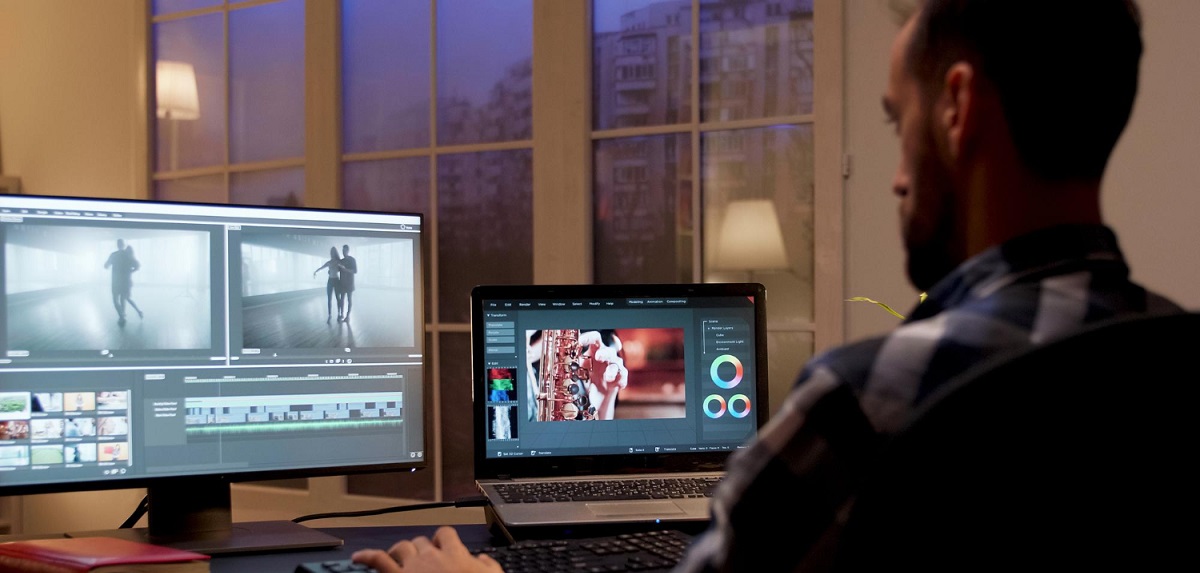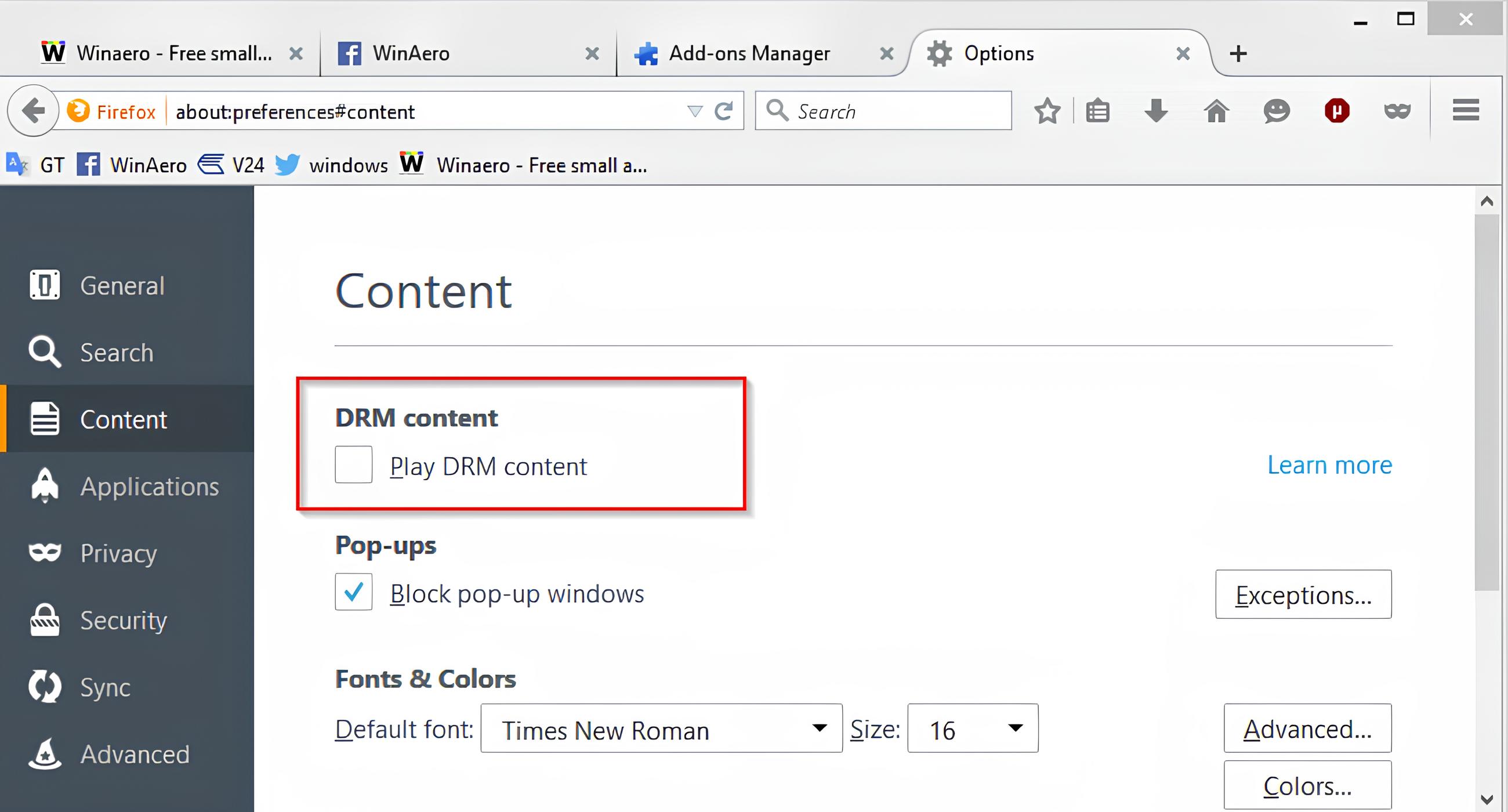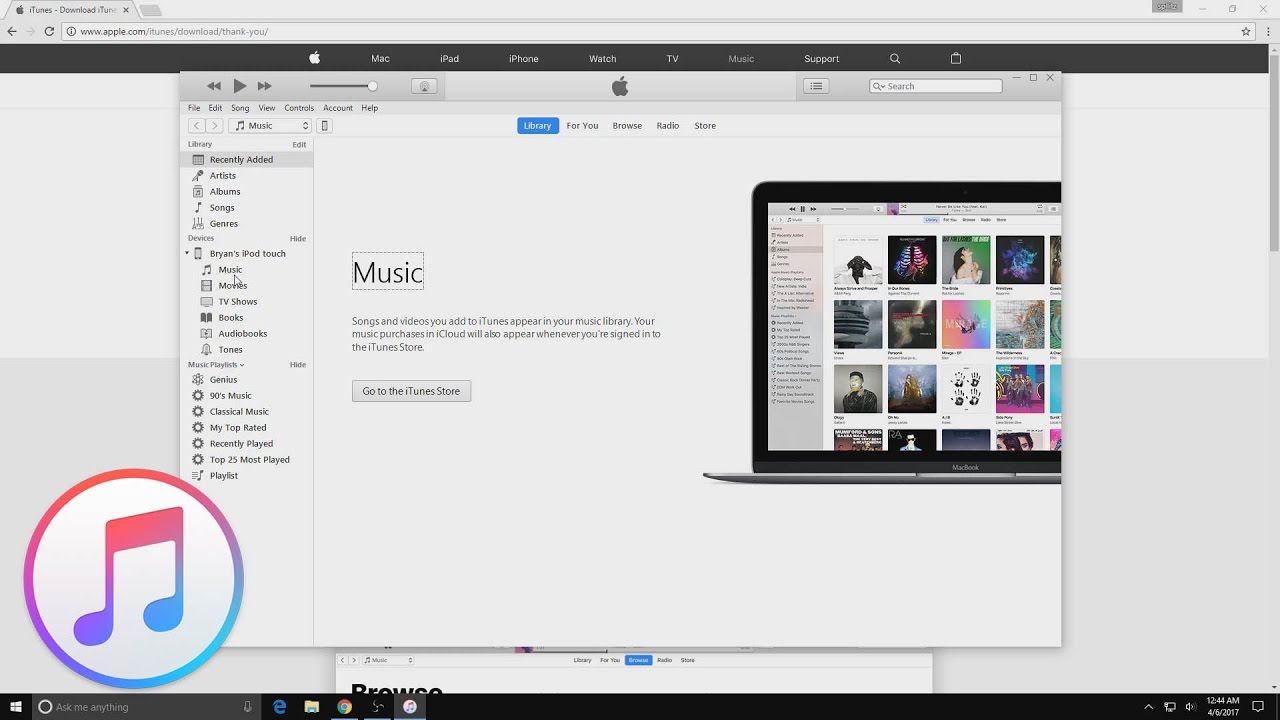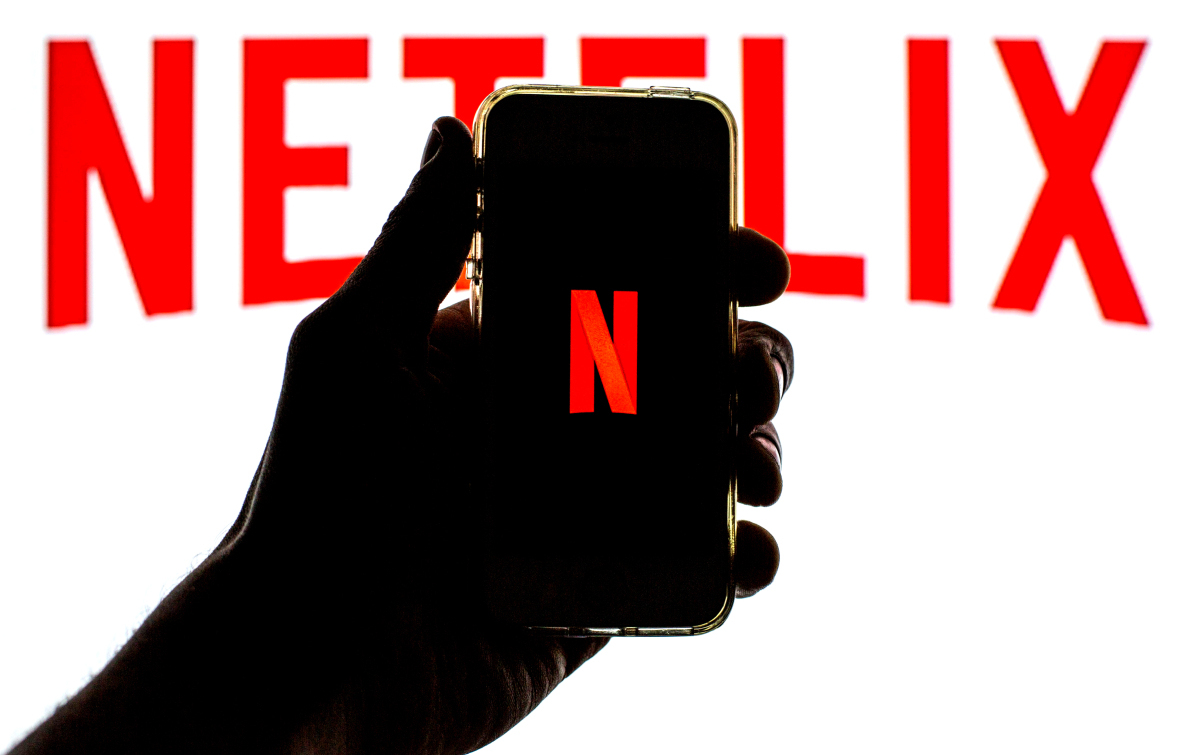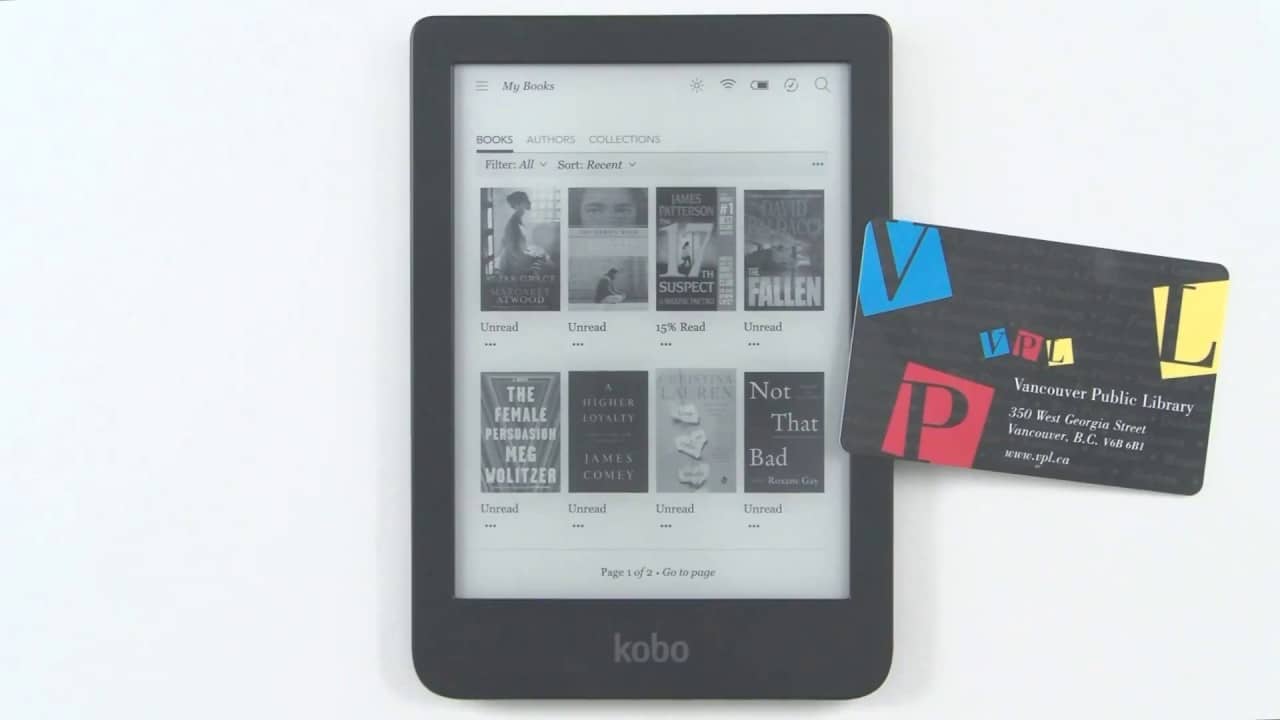Introduction
Welcome to the world of digital entertainment, where countless movies, TV shows, and videos are available at our fingertips. However, not all of these media files are easily accessible due to DRM (Digital Rights Management) protection. DRM is a technology implemented by content creators and distributors to safeguard their intellectual property and prevent unauthorized copying and distribution.
In this fast-paced digital age, where streaming platforms have become the norm, you may find yourself wanting to download DRM-protected videos for various reasons. Perhaps you want to watch your favorite movie offline during a long flight, or you want to keep a collection of music videos for easy access. While downloading DRM-protected videos may seem challenging, there are tools and software available that can help you accomplish this task.
However, it is crucial to understand the legalities surrounding the process of downloading DRM-protected videos. Some countries have strict laws against circumventing DRM protection, which can lead to legal consequences. It is essential to make sure you are well-informed about the laws in your region and proceed responsibly.
In this comprehensive guide, we will delve into the intricacies of DRM-protected videos and explore the steps and tools you can use to download them. We will also address common troubleshooting issues you may encounter during the process. Finally, we will discuss alternative methods for accessing your favorite content without resorting to downloading DRM-protected videos.
Keep in mind that the information provided in this guide is for educational purposes only. It is crucial to abide by the laws and regulations related to digital content in your jurisdiction. Now, let’s dive into the world of DRM-protected videos and discover ways to enjoy them hassle-free.
Understanding DRM-Protected Videos
DRM-protected videos are multimedia files that have been encrypted with a layer of digital rights management technology. The purpose of DRM is to control how the video content is accessed, copied, and distributed. This protection mechanism is primarily used by content creators, distributors, and rights holders to safeguard their intellectual property and prevent unauthorized use and piracy.
DRM works by encrypting the video file and implementing access controls to ensure that only authorized users can view the content. These access controls may include restrictions on copying, sharing, and modifying the video. When you encounter a DRM-protected video, you may notice that it requires authentication to play, limits the number of authorized devices, or imposes a time limit on viewing.
There are different types of DRM technologies used for protecting videos, such as Microsoft’s PlayReady, Apple’s FairPlay, and Adobe’s Primetime DRM. Each DRM system has its own method of encryption and licensing, but they all share the goal of preventing unauthorized access and distribution of the content.
One key aspect of DRM-protected videos is that they require a compatible player or software that supports the specific DRM technology used. This means that you cannot simply open a DRM-protected video file with any media player. You need a player that has the necessary decryption capabilities to unlock and play the video content.
It is important to note that DRM protection is not foolproof, and determined individuals may find ways to bypass or remove the DRM encryption. However, circumventing DRM protection is generally considered illegal in many jurisdictions and can lead to legal consequences.
Content creators and distributors implement DRM protection to strike a balance between offering their content to consumers while ensuring that they can maintain control over its distribution and monetization. By using DRM, they can protect their intellectual property and ensure a fair return on investment for their work.
In the next section, we will explore how DRM technology works and the legalities that surround downloading DRM-protected videos.
How DRM Works
DRM (Digital Rights Management) is a technology that uses encryption and access controls to protect digital content and prevent unauthorized copying and distribution. Understanding how DRM works can provide insight into the challenges of downloading DRM-protected videos.
At its core, DRM involves three main components: the content, the encryption process, and the license or key management.
The content refers to the multimedia file that is being protected, such as a video, music track, or e-book. Before applying DRM, the content is typically converted into a specific file format that is compatible with the DRM system being used.
The encryption process is where the content is encoded using cryptographic algorithms, making it unreadable and inaccessible without the necessary decryption key. This encryption ensures that even if someone manages to obtain the DRM-protected file, they cannot play or access its contents. Each DRM technology uses its own encryption scheme, making it unique to that particular system.
The key management aspect is crucial in DRM as it involves the distribution and control of the decryption keys. Once the content is encrypted, a license or key is generated and associated with the user who has the rights to access the protected content. This license contains the necessary information and permissions for the user to play the DRM-protected video on authorized devices.
When a user wants to play a DRM-protected video, their device or media player sends a request for the necessary license. This request is typically authenticated by a DRM server to ensure that the user has the rights to access the content. Once the authentication is successful, the license is provided to the user’s device, allowing it to decrypt and play the video.
DRM systems often include additional features to enhance content protection and control, such as limiting the number of devices that can play the content or imposing expiration dates on the licenses. These measures are implemented to prevent unauthorized distribution and ensure that content is accessed within the rights granted by the license.
While DRM provides a level of content protection, it is not infallible. Over the years, determined individuals have found ways to crack DRM encryption, allowing unauthorized access to protected content. However, it is important to note that circumventing DRM protection is generally considered illegal and can result in legal consequences.
Next, we will delve into the legalities surrounding downloading DRM-protected videos.
Legalities of Downloading DRM Protected Videos
Downloading DRM (Digital Rights Management)-protected videos raises important legal considerations. While the convenience of having offline access to your favorite movies or TV shows may be tempting, it is crucial to understand the legal implications of downloading content protected by DRM.
The legality of downloading DRM-protected videos varies across different countries and regions. In some jurisdictions, circumventing DRM protection is explicitly prohibited by law. These laws aim to protect the rights holders and content creators, ensuring that they can control the distribution and monetization of their intellectual property.
One example of legislation related to DRM is the Digital Millennium Copyright Act (DMCA) in the United States. The DMCA criminalizes the circumvention of DRM technology and provides legal protections to content creators against unauthorized copying and distribution.
It is important to note that even if the laws in your country do not explicitly prohibit downloading DRM-protected videos, engaging in such activities may still infringe upon the terms of service or usage agreements set by content providers or platforms. Violating these agreements can lead to termination of your account and potential legal consequences.
Some countries have implemented exceptions to their DRM laws, allowing limited circumvention for specific purposes. For example, creating backup copies or making content accessible to individuals with disabilities may be permitted under certain circumstances. However, these exceptions are narrowly defined and usually require authorization or adherence to specific guidelines.
If you are uncertain about the legalities surrounding downloading DRM-protected videos in your region, it is advisable to consult with legal professionals who specialize in copyright and digital media laws. They can provide guidance on the specific regulations that apply to your situation.
It is important to respect the rights of content creators and distributors and to seek legal avenues for accessing and enjoying their content. Consider exploring alternative options such as purchasing or renting DRM-free movies or subscribing to legitimate streaming platforms that offer offline viewing capabilities.
In the next section, we will explore the different tools and software available for downloading DRM-protected videos, with a focus on legal and ethical usage.
Tools and Software for Downloading DRM Protected Videos
Downloading DRM (Digital Rights Management)-protected videos requires specialized tools and software that can bypass the encryption and access controls imposed on the content. It is important to note that while there are tools available, their usage may infringe upon legal and ethical boundaries. Therefore, it is crucial to exercise caution and ensure compliance with applicable laws and agreements.
One popular tool for downloading DRM-protected videos is PlayOn. PlayOn utilizes screen capturing technology to record videos as they play on your computer screen, allowing you to save them for offline viewing. It is important to note that PlayOn is intended for personal use only and should not be used to distribute copyrighted content.
Another tool worth considering is FFmpeg, an open-source multimedia framework that supports a wide range of formats and enables you to decrypt and convert DRM-protected videos. FFmpeg requires technical knowledge and command-line usage, so it may not be suitable for beginners.
When it comes to software, there are various screen recording programs available that can capture DRM-protected videos. Examples include Camtasia, OBS Studio, and Bandicam. These software options allow you to record the video while it is playing on your screen, effectively bypassing DRM protection. However, it is essential to emphasize that the usage of screen recording software for downloading DRM-protected videos may infringe upon the terms of service or usage agreements of the content provider.
It is important to reiterate that the usage of these tools and software falls into a legal and ethical gray area. Circumventing DRM protection without proper authorization may be illegal or violate copyright laws. It is advisable to consult legal professionals or obtain explicit permissions and licenses from rights holders before using such tools.
If you prioritize convenience and legality, legitimate streaming platforms that offer offline viewing capabilities can be an excellent alternative. Platforms such as Netflix, Amazon Prime Video, and Disney+ allow users to download selected content for offline viewing within their apps. This ensures compliance with copyright laws and respects the rights of content creators.
Remember, it is essential to use tools and software for downloading DRM-protected videos responsibly, and within the bounds of the law. Understanding the legalities and ethical implications surrounding DRM-protected content is crucial to avoiding legal consequences and respecting the rights of content creators.
In the next section, we will provide a step-by-step guide to help you download DRM-protected videos using authorized methods.
Step-by-Step Guide to Downloading DRM Protected Videos
Downloading DRM (Digital Rights Management)-protected videos can be a complex process, and it is important to follow authorized methods to ensure compliance with the law and respect for content creators’ rights. Below is a step-by-step guide to help you navigate the process:
- Identify the authorized platforms: Look for legitimate streaming platforms that offer offline viewing capabilities. Platforms like Netflix, Amazon Prime Video, and Disney+ allow you to download selected content within their apps.
- Install and log in: Download the official app of the streaming platform onto your device and log in with your account credentials. Ensure that you have a stable internet connection.
- Find the desired video: Browse or search for the video you want to download within the app’s library. Look for the download icon or option associated with the title.
- Select the video quality: Depending on the platform, you may be given the option to choose the video quality for the download. Higher quality videos may require more storage space.
- Initiate the download: Tap or click on the download button associated with the video. The app will start the download process, which may take some time depending on the video’s size and your internet speed. Make sure you have sufficient storage space available on your device.
- Access the downloaded video: Once the download is complete, you can typically find the video within the app’s download section or library. You can now enjoy offline viewing of the DRM-protected video.
- Respect usage limitations: Keep in mind that DRM-protected downloads from authorized platforms usually come with restrictions. For example, there may be a time limit for watching the downloaded video or limitations on the number of devices on which it can be played. Ensure that you comply with these usage limitations.
By following these steps, you can legally and ethically download DRM-protected videos from authorized platforms that offer offline viewing capabilities. Remember to respect the terms of service and usage agreements set by the content providers, and use the downloaded content within the bounds specified.
If you encounter any issues or have specific questions about the downloading process, refer to the platform’s official support resources or reach out to their customer support for assistance.
In the next section, we will address common troubleshooting issues you may encounter while downloading DRM-protected videos and provide possible solutions.
Troubleshooting Common Issues
While downloading DRM (Digital Rights Management)-protected videos, you may encounter some common issues that can disrupt the process. Here are some of the most common problems and their possible solutions:
- Authentication failure: If you are unable to authenticate and access the DRM-protected content, double-check your login credentials and ensure that you have a stable internet connection. If the issue persists, contact the content provider’s customer support for assistance.
- Download errors: If you encounter errors during the downloading process, such as incomplete downloads or interrupted connections, try the following steps:
- Make sure you have a stable internet connection.
- Restart the downloading process and ensure that you have sufficient storage space available on your device.
- Clear the cache and app data of the streaming platform’s app and try again.
- Playback issues: If you encounter playback problems with the downloaded DRM-protected video, try these troubleshooting steps:
- Ensure that you are using a compatible media player or app that supports the video format and DRM technology used.
- Restart your device and try playing the video again.
- Check for any available updates for the media player or app and install them.
- If the issue persists, contact the streaming platform’s customer support for assistance.
- Compatible device limitations: DRM-protected videos may have limitations on the devices on which they can be played. Ensure that you are using a device that is authorized to play the downloaded content.
- Storage space issues: If you are running out of storage space on your device, consider deleting some unused files or transferring them to an external storage device. This will free up space for downloading and storing DRM-protected videos.
- Expired licenses: DRM-protected videos may have licenses with expiry dates, limiting the duration for which they can be played offline. If you encounter issues playing a downloaded video, check if the license has expired and if a new download is required.
If you have explored these troubleshooting steps and the issues persist, it is recommended to reach out to the streaming platform’s customer support for further assistance. They will be able to provide specific troubleshooting guidance and address any platform-specific issues you may encounter.
In the next section, we will explore alternative methods for accessing your favorite content without relying on downloading DRM-protected videos.
Alternatives to Downloading DRM Protected Videos
While downloading DRM (Digital Rights Management)-protected videos can provide offline access to your favorite content, there are alternative methods to consider that bypass the need to download such videos. These alternatives can help you enjoy your desired content legally and conveniently. Here are a few options to explore:
- Streaming services with offline capabilities: Many legitimate streaming platforms, such as Netflix, Amazon Prime Video, and Disney+, offer offline viewing capabilities within their official apps. These services allow you to download select movies and TV shows for a specified period, which can be accessed offline. Utilizing these platforms ensures compliance with copyright laws and respects the rights of content creators.
- Renting or purchasing DRM-free content: Instead of downloading DRM-protected videos, consider renting or purchasing digital copies of movies and TV shows from authorized platforms. Services like iTunes, Google Play Movies, and Vudu offer a wide range of movies and TV shows for rent or purchase, typically in a DRM-free format. This option allows you to enjoy your desired content without the restrictions imposed by DRM protection.
- Physical media: If you prefer to have a tangible collection of movies or TV shows, consider purchasing DVDs or Blu-ray discs of your favorite titles. Physical media provides unrestricted access to the content and ensures compatibility with devices without requiring any DRM-related workarounds.
- Subscription-based streaming platforms: Explore subscription-based streaming services that provide a vast library of movies and TV shows for online streaming. Platforms like Hulu, HBO Max, and CBS All Access offer comprehensive catalogs of content that can be enjoyed instantly without the need for downloading or dealing with DRM protection.
- Public domain content: Public domain movies and TV shows are works whose intellectual property rights have expired or have been forfeited. These works are free to access and distribute, making them an alternative option for finding and enjoying classic or older content.
By considering these alternatives, you can enjoy a wide range of content legally and conveniently without the need to download DRM-protected videos. Each option offers its own set of benefits and considerations, so choose the one that aligns with your preferences and respects the rights of content creators.
Remember, respecting copyright laws and intellectual property rights is essential in the digital age. Be mindful of the content you consume and the methods you employ to access it.
Now, let’s summarize what we have covered in this guide.
Conclusion
In this comprehensive guide, we have explored the intricate world of DRM (Digital Rights Management)-protected videos and the various aspects involved in downloading them. We have discussed the legalities surrounding downloading DRM-protected videos and the importance of understanding and respecting copyright laws. It is crucial to ensure that any methods used to access DRM-protected content comply with applicable laws and agreements.
We have also delved into how DRM works, understanding the encryption and access control mechanisms that protect the digital content we consume. While DRM provides a level of content protection, determined individuals may find ways to bypass or remove the DRM encryption. However, it is vital to note that circumventing DRM protection is generally considered illegal and can lead to legal consequences.
Furthermore, we have explored alternative methods for accessing content without the need for downloading DRM-protected videos. These alternatives include using legitimate streaming platforms with offline capabilities, renting or purchasing DRM-free content, relying on physical media, or exploring public domain works. These options ensure legal access to content and respect the rights of content creators.
Throughout this guide, we have emphasized the importance of following authorized methods, respecting copyright laws, and being mindful of the rights of content creators. It is crucial to strike a balance between enjoying the content we love and supporting the creators who bring us these experiences.
Remember, the information provided in this guide is for educational purposes only. It is essential to research and understand the laws and regulations related to digital content in your jurisdiction to ensure that your actions fall within legal boundaries.
By staying informed and making responsible choices, we can enjoy the vast array of digital content available to us while respecting the rights of content creators and upholding the principles of ethical usage.
Thank you for joining us on this journey through the world of DRM-protected videos. Happy viewing!







